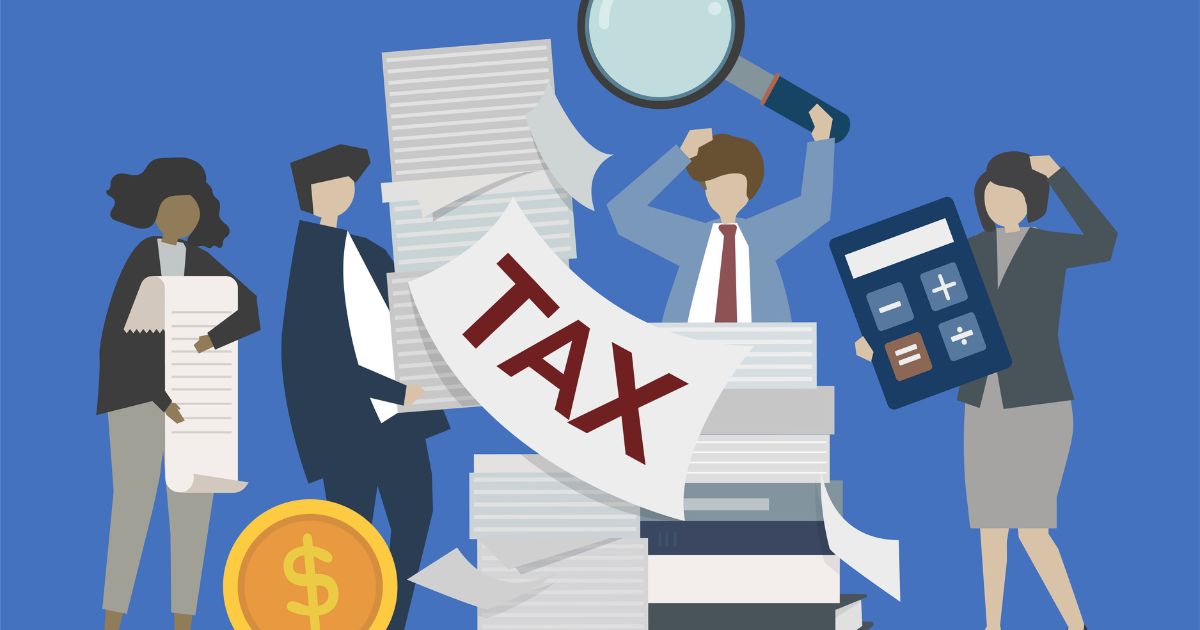As an individual with an annual income of ₹10 lakh, one of the key decisions you need to make when filing your taxes is choosing between the old tax regime and the new tax regime. Both regimes come with their own set of advantages and tax rates, so understanding how each applies to your specific situation is essential for making an informed choice. Let's dive deeper into each tax structure and analyze which one is better for you.
1. The Old Tax Regime: More Deductions, But More Complexity
The old tax regime provides several opportunities to reduce your taxable income through various exemptions and deductions. This structure benefits individuals who make use of these deductions to lower their overall tax liability.

Key Features of the Old Tax Regime
- Deductions under Section 80C: You can claim deductions of up to ₹1.5 lakh for investments in instruments like Public Provident Fund (PPF), Employee Provident Fund (EPF), National Savings Certificates (NSC), and tax-saving fixed deposits.
- Standard Deduction: A flat ₹50,000 deduction on your taxable income, which benefits everyone.
- Other Deductions: You can claim deductions for health insurance premiums (Section 80D), home loan interest (Section 24), and other eligible expenses.
Tax Calculation under the Old Tax Regime
Let's calculate the tax for someone earning ₹10,00,000 annually:
-
Income: ₹10,00,000
-
Less Deductions:
- Standard Deduction: ₹50,000
- Section 80C (PPF, EPF, etc.): ₹1,50,000
- Section 80D (Health insurance premium): ₹25,000 (assuming one's own premium)
-
Total Deductions: ₹2,25,000
-
Taxable Income: ₹7,75,000
Now, applying the tax rates:
- ₹2,50,000 - No tax
- ₹2,50,000 to ₹5,00,000: 5% = ₹12,500
- ₹5,00,000 to ₹7,75,000: 20% = ₹55,000
Total Tax Payable: ₹67,500 (plus applicable cess)
2. The New Tax Regime: Simplicity and Lower Rates, But No Deductions
The new tax regime introduced by the government aims to simplify the tax filing process by offering lower tax rates but with a catch: no exemptions or deductions (other than NPS and EPF contributions). This means if you don't have significant deductions, this regime could be more advantageous.
Tax Rates Under the New Regime
- ₹2,50,000 - No tax
- ₹2,50,000 to ₹5,00,000: 5%
- ₹5,00,000 to ₹7,50,000: 10%
- ₹7,50,000 to ₹10,00,000: 15%
Tax Calculation under the New Tax Regime
For someone with a taxable income of ₹10,00,000 and no deductions:
- Income: ₹10,00,000
- Taxable Income: ₹10,00,000
Now, applying the tax rates:
- ₹2,50,000 - No tax
- ₹2,50,000 to ₹5,00,000: 5% = ₹12,500
- ₹5,00,000 to ₹7,50,000: 10% = ₹25,000
- ₹7,50,000 to ₹10,00,000: 15% = ₹45,000
Total Tax Payable: ₹77,500 (plus applicable cess)
Which Tax Regime Is Better for You?
Old Tax Regime
If you have significant deductions such as investments in PPF, EPF, life insurance premiums, or home loan interest, the old tax regime may offer you better tax savings. With the standard deduction and other tax-saving opportunities, your taxable income can be reduced substantially.
In the case of ₹10 lakh income, after applying deductions, your taxable income is reduced to ₹7.75 lakh, leading to a lower tax of ₹67,500. This is particularly beneficial for individuals who are actively saving for retirement or healthcare.
New Tax Regime
If you don't have many deductions or if you prefer a simpler tax filing process, the new tax regime may be more attractive. Since the new regime offers lower tax rates, individuals without many tax-saving instruments may not benefit as much from the old regime's complexities.
For a person earning ₹10 lakh, the tax under the new regime would be ₹77,500, but you avoid the need to keep track of multiple deductions and investments.
Making the Final Decision
- Choose the Old Tax Regime: If you make substantial investments in tax-saving instruments and claim various exemptions.
- Choose the New Tax Regime: If you don't have many deductions or prefer simplicity in tax filing, or if your deductions aren't enough to reduce your taxable income significantly.
Conclusion
For individuals with an income of ₹10 lakh, the choice between the old and new tax regimes largely depends on your ability to claim deductions. If you're actively investing in savings schemes like PPF, EPF, or life insurance, the old regime will likely give you better tax benefits. On the other hand, if you're looking for simplicity or don't have many tax-saving investments, the new regime offers an easier way to file taxes at slightly higher rates.
To make an informed decision, it's always a good idea to consult a tax professional who can assess your unique financial situation.







 CAclubindia
CAclubindia

